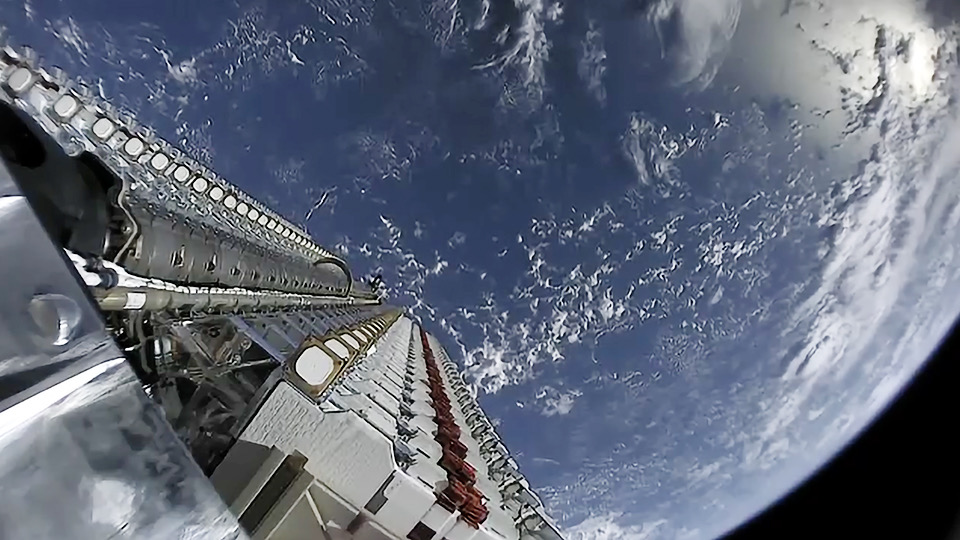2020-08-29 - awaiting starlink
there are projects that require network connectivity in the area there is no 2/3/4/5G coverage. examples: sea, desert, deep forest, remote locations… recently i read an article on drone buoy drifting with gulf stream. connectivity done with only viable option we have right now – irydium.
at least a couple of times i though about such a project, eg. to collect some weather data from the sea, go along the Odra river up to the Baltic sea1), fly drones over remote locations… but the show stopper was always internet access. 4/5G is typically available in cities only. 2/3G has better coverage, though it is still not that unusual to hit non-covered location (eg. secondary road, passing though the forest). so the only real option there is irydium. the costs however are enormous. last time i've checked it was around 3k EUR for 1 year, as an entry point price, with small data transfer limits. that's A LOT of money for pet project and still limited results (basic telemetry every now and then maybe?).
this is where starlink comes in – as the name suggests, it's a satellite constellation. it is located on LEO, allowing fast, low latency internet access, anywhere across the globe (target). it is scheduled to become available for general public usage, on northern hemisphere, in 2021. with promised high throughput and low prices, this could be it for such projects!
what i am thinking about atm is a small submarine for monitoring sea parameters. powered with fotovoltanics and a pack of batteries to allow diving, if eg. sea becomes too rough. this would be super fun to make and operate! when my sons grow up a bit, and the whole starlink project settles down so that the tech becomes dirt cheap and easily available, this could make a pretty nice family project, don't you think? :)
if you'd like to know more on starlink, there is great starlink intro on real engineering channel.
